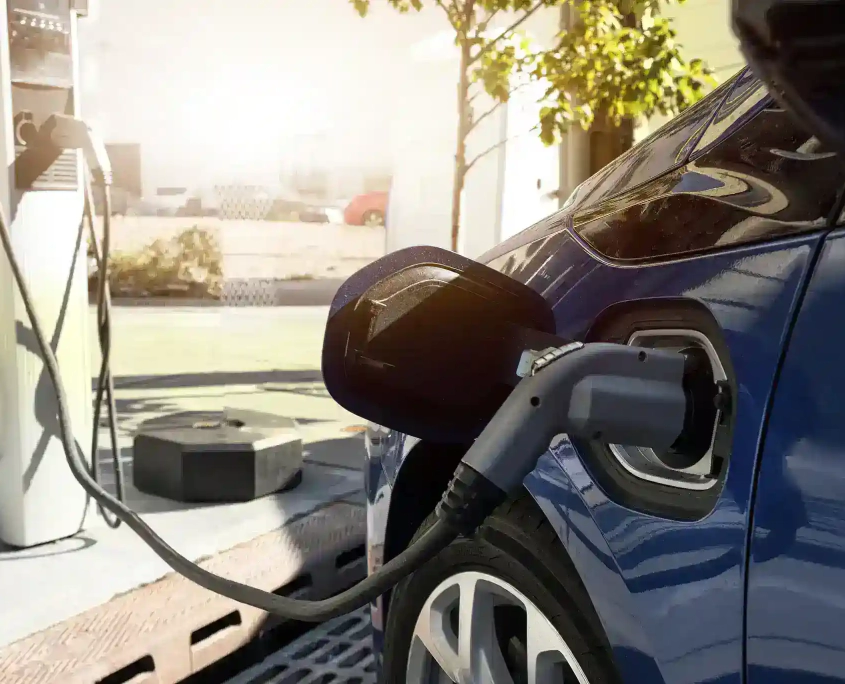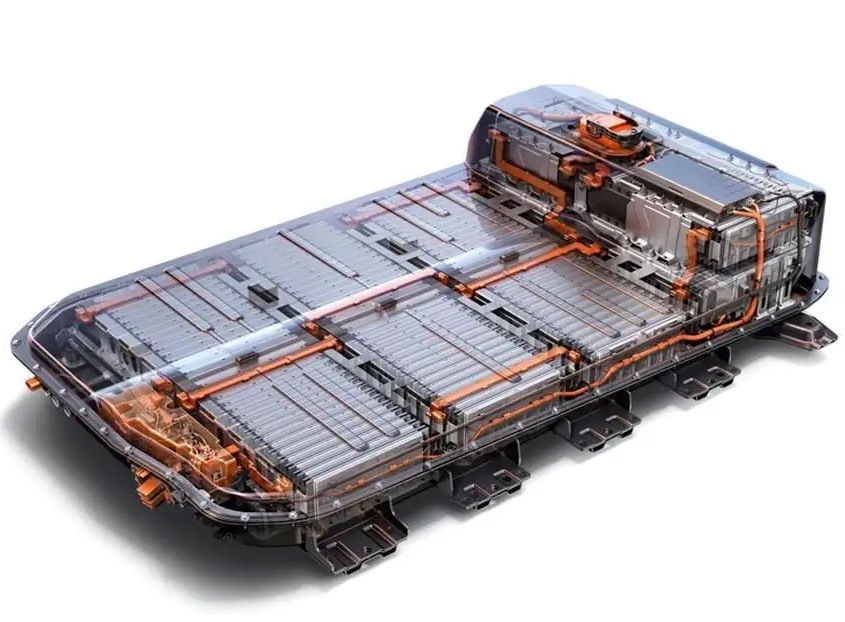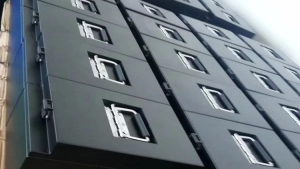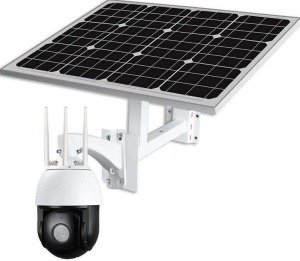Unlocking Ternary Lithium Battery Secrets
Table of Contents
- Unlocking Ternary Lithium Battery Secrets
- 1. Understanding the Power of Ternary Lithium Batteries
- 2. What Is Ternary Lithium Battery?
- 3. Understanding Ternary Lithium Battery Advantages
- 4. Ternary Lithium Batteries: Limitations to Know
- 5. Ternary Lithium Battery Life Cycle Explained
- 6. China's Lead in Battery Tech: CATL and BYD Rise
- 7. The Battery Challenge: Electric Cars' Biggest Hurdle
- 8. Protecting the Environment: How to Handles Batteries
1. Understanding the Power of Ternary Lithium Batteries
Let's talk about car batteries by starting with gas cars. Gas cars and new electric cars use different batteries. Gas cars have lead-acid batteries or no-maintenance batteries. People call them car batteries. They charge fast and start engines. But, they last short, about 2-3 years, and are big. They don't work for long-range electric cars. Most electric cars now use a kind of battery called ternary lithium.Ternary lithium batteries use nickel, cobalt, manganese, or nickel-cobalt-aluminum. You can change the mix of these metals. These batteries have more energy, over 200Wh/kg. They also have a higher voltage. So, cars can go farther and faster with them. Because cars have limited space, this type of battery is good.Take Tesla as an example. They use Panasonic's 18650 ternary lithium battery. After making the Model 3, they use a new battery, 21700. The 18650 name means it's 18mm wide and 65mm long. The 21700 battery has about 300Wh/kg energy, 20% more than the old 18650 battery.
2. What Is Ternary Lithium Battery?
A ternary lithium battery is a type of lithium-ion battery. It's unique because it uses a mix of three metals - nickel, cobalt, and manganese - in its positive electrode. This special blend brings together the best qualities of these metals. It offers the reliable cycle performance found in lithium cobaltate, the impressive capacity of lithium nickelate, and combines them with the safety and affordability of lithium manganate.3. Understanding Ternary Lithium Battery Advantages
High Energy Density
Ternary lithium batteries stand out for having the highest energy density among batteries. This means they can hold more power in a smaller space. For example, the Tesla Model Y uses a ternary battery and can travel up to 440 kilometers on a single charge.High Discharge Voltage
The discharge voltage of a single ternary lithium battery is around 3.7V, which is higher than the 3.2V of LiFePO4 batteries and the 2.3V of lithium titanate batteries. A higher discharge voltage means these batteries can store more energy, leading to longer battery life for the same size and weight.Longer Life Cycle
Generally, the cycle life of a ternary lithium battery ranges between 800 to 1,000 uses.Eco-Friendly and Recyclable
Ternary lithium batteries are more eco-friendly compared to lead-acid batteries. They have a recycling efficiency of over 95%, making them a greener choice that impacts the environment less.4. Ternary Lithium Batteries: Limitations to Know
Safety Concerns
One of the primary drawbacks of ternary lithium batteries is their safety. The structure of these batteries is less stable compared to other types, which can lead to safety issues. There's a risk of catching fire, especially when the battery is impacted or exposed to continuous high temperatures.Heat Resistance Challenges
Ternary lithium batteries also struggle with heat resistance. They are more susceptible to damage and potential hazards when exposed to high temperatures.Shorter Lifespan
Compared to lithium iron phosphate batteries, ternary lithium batteries have a shorter lifespan. While a LiFePO4 battery can last for 2,000 to 6,000 cycles, ternary lithium batteries typically only reach about 800 to 1,000 cycles.Limitations in High-Power Discharge
Another limitation of ternary lithium batteries is their performance in high-power discharge situations. They are less capable of handling high-power demands efficiently.Toxicity and High-Temperature Risks
The elements used in ternary lithium batteries can be toxic, and these batteries are prone to sharp temperature increases during high-power charge and discharge cycles. The release of oxygen at high temperatures can lead to combustion risks.5. Ternary Lithium Battery Life Cycle Explained
What Does Cycle Life Mean for Ternary Lithium Batteries?
The cycle life of a ternary lithium battery refers to how long the battery lasts before its capacity falls to 70% of its original capacity. This is tested under specific conditions: at room temperature (25°C), standard atmospheric pressure, and using a 0.2C discharge rate. Generally, the cycle life of lithium batteries is measured by the number of charge and discharge cycles they can undergo.Comparing Cycle Life of Different Batteries
An average ternary lithium battery has a cycle life of about 800 cycles, which is moderate compared to other types of lithium batteries. For instance, lithium iron phosphate batteries can last for about 2,000 to 6,000 cycles, while lithium titanate batteries can reach up to 10,000 to 25,000 cycles.Factors Affecting Cycle Life
The cycle life of a battery also depends on several factors such as the usage environment, discharge rate, and battery consistency. The longest cycle life is typically achieved at a room temperature of 25 degrees Celsius. Higher or lower temperatures can reduce the battery's cycle life. Ideally, a discharge current of 0.2C is best for maximizing a lithium battery's life. High current levels can damage the internal structure of the battery, leading to a shortened lifespan.6. China's Lead in Battery Tech: CATL and BYD Rise
China leads in battery tech. Companies like CATL and BYD are top players. Now, Chinese car makers like GAC and Nio and global brands like Mercedes and Volkswagen use CATL's NCM811 battery. NCM811 is a type of ternary lithium battery. This battery uses nickel, cobalt, and manganese. The "811" tells the mix: 80% nickel, 10% cobalt, 10% manganese. "NCM" stands for these metals. There are other batteries like NCM523 and NCM622. Many use the NCM532 battery. But the new CATL NCM811 has 304Wh/kg energy. That means cars using it can go farther.7. The Battery Challenge: Electric Cars' Biggest Hurdle
The biggest problem for electric cars is battery life. In short, battery technology needs improvement. Today's ternary lithium batteries are stable and strong. But, they can charge and discharge about 2,000 times. If used heavily or not charged fully, they wear out faster. When a battery's life is less than 70%, it's done. The only fix is a new battery.China has rules for this. Car makers must give an 8-year or 120,000-kilometer warranty on core parts like batteries. What happens after that? If there's damage or wear, owners pay to replace. But, is it worth it? A new battery might cost more than the car's worth. Batteries are the most expensive part of electric cars.New electric cars are cheaper because of China's subsidies. But, there's no subsidy for a new battery alone. And batteries are costly. For example, BYD's 60kWh battery costs about $14,000. Nio's 70kWh battery is the same. Tesla's cost is estimated at $141 per kWh. So, their 60kWh battery for the Model 3 might be around $11,000. Given a 5 to 10-year lifespan, is it worth replacing the battery after 5 years? It's a big question.



















